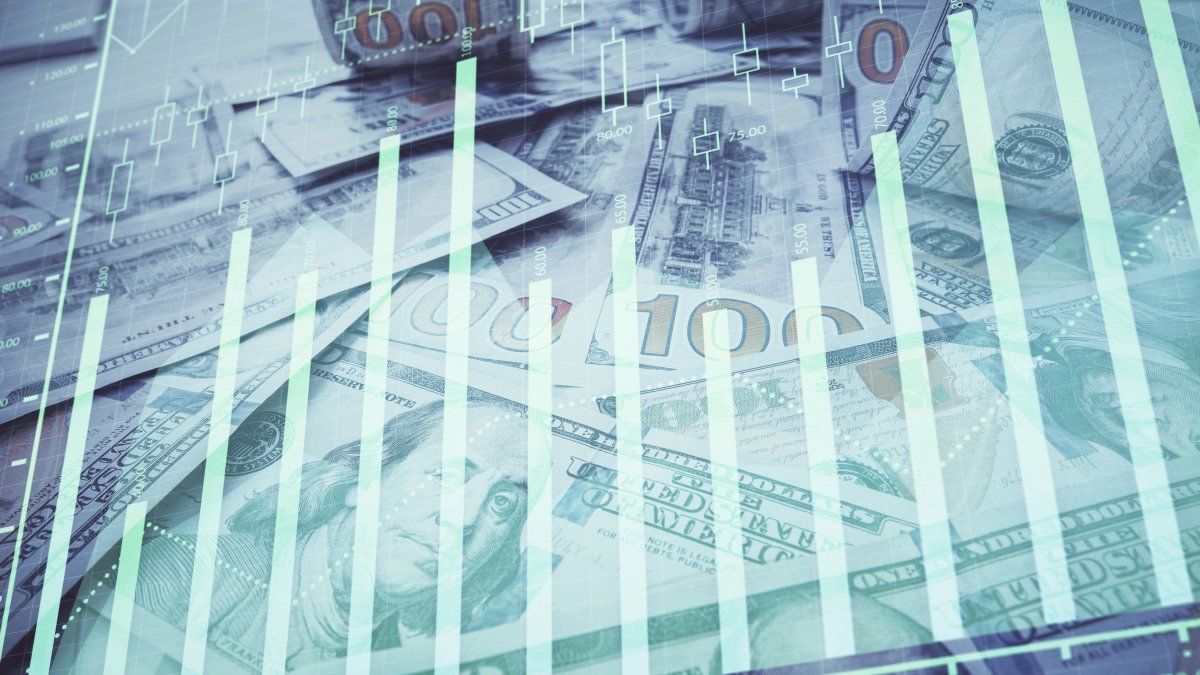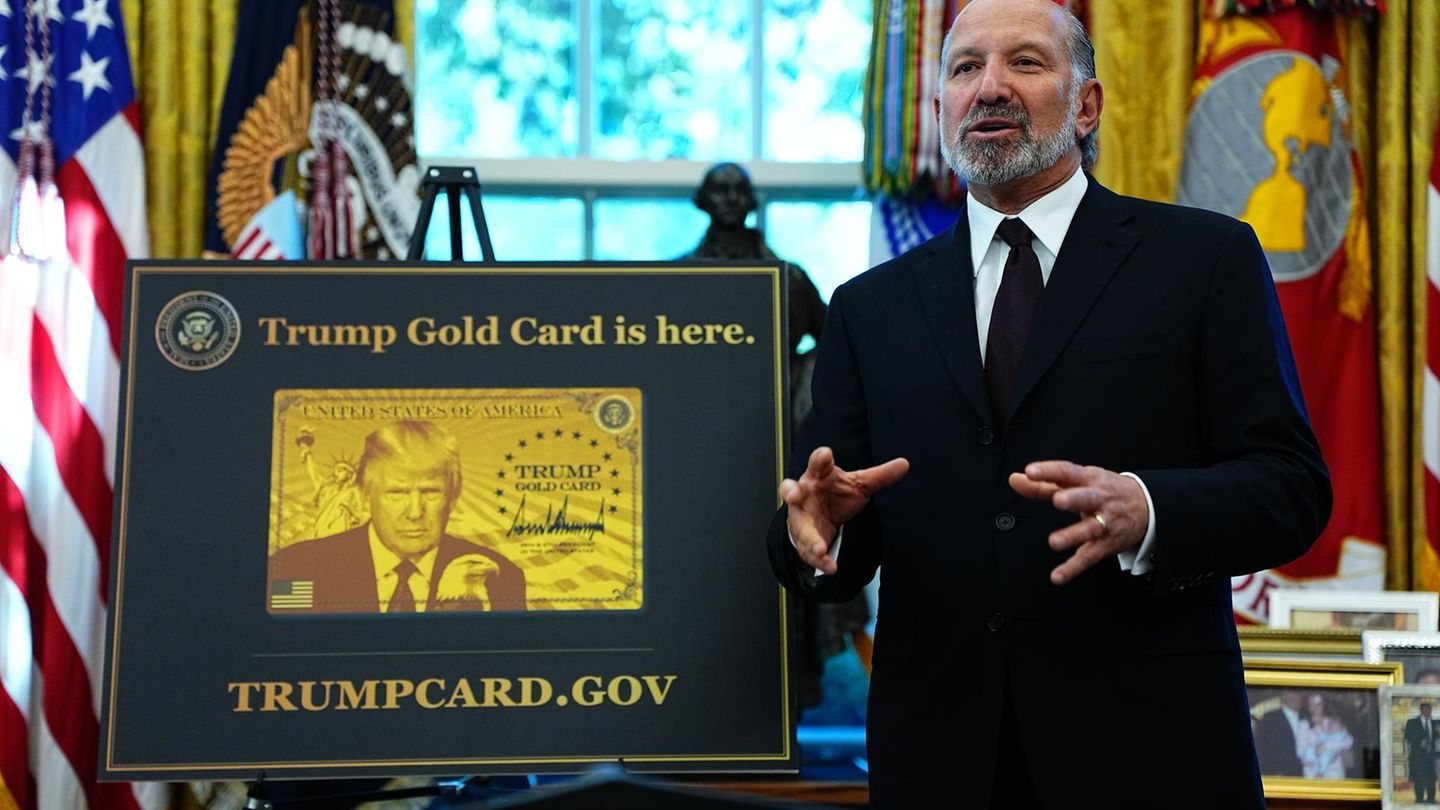The month of July marked a inflection point in the financial conditions of Argentinatesting the robustness of the economic program of the Government of Javier Milei. The expected rise from the dollar, after the end of the temporary incentives that promoted the foreign currency offer in June, surprised by its magnitude: an increase of 14% in the official exchange rate, which closed the month at $ 1,374, according to data from the Central Bank of the Argentine Republic (BCRA).
This movement, the most pronounced since December 2023, was given in a context of BCRA record interventions in the futures and interest rates market which climbed up to 65% annual effective rate (ASD) in treasure tenders. To this panorama was added the elimination of Fiscal Liquidity Letters (LEFI)a key instrument for the management of bank liquidity, which added noise to an already tensioning market. The consequences of these dynamics begin to manifest, with an impact that will be reflected both in prices and on economic activity in the coming months.
The dollar and its transfer to prices
The increase of the dollar in July, which led to the official exchange rate to Broken the ceiling of the exchange band of $ 1,450 established by the BCRAIt was not an unexpected phenomenon. The completion of incentives such as the temporary reduction of retentions to agricultural exports, which had promoted currency settlement in June, left the exchange market exposed to greater pressure. However, the magnitude of depreciation exceeded the expectations of analysts, who, according to the survey of market expectations (REM) of the June BCRA, had projected a nominal exchange rate of $ 1,207 for July 2025.
This devaluation has a direct impact on prices, especially in an economy with high sensitivity to the exchange rate. In recent months, commercial opening and the expiration of the country tax had allowed imported products to act as an anchor to contain inflation of local goods. However, the 10% increase in imported products since the end of June has raised the price ceiling, giving margin to local producers to adjust their values. Although the transfer at prices was limited in July, the acceleration of the exchange rate will have a more pronounced impact in August, with inflation estimates that range between 2.3% and 3%.
Other factors reinforce this inflationary pressure. Fuels, a key component of the CPI, registered three increases in the last 35 days, while public services and transport have also experienced increases. July inflation, which is estimated to be around 2%, could give way to a rebound in August, with projections that suggest an IPC close to 3%. This scenario puts at risk the descending path of inflation, which had fallen to a minimum since 2018.
The elimination of Lefi and the impact on rates
At the same time, the elimination of the Lefi, announced as part of phase 3 of the economic program, marked a structural change in monetary policy. These letters, issued by the Treasury and administered by the BCRA, allowed banks to manage their liquidity in a transition context to a monetary aggregate goals regime. Its replacement for capitalization letters (LECAPS), with price in the secondary market, released approximately $ 10 billion to the market, which generated an excess of liquidity that the exchange rate pressed so much in the beginning at the beginning and the interest rates later.
The BCRA, in response, intensified its interventions in the future dollar market and the treasure ended up validating yields of up to 65% ASD in tenders. This level, in a context where the expected inflation for the next 12 months is between 25% and 30% according to REM, implies positive real rates of between 20% and 35%, a threshold that is considered unsustainable for the private and public sector. These rates, 35 points above projected inflation, affect both economic growth and treasure financing capacity, which faces greater costs to refinance its debt.
Consequences for economic activity
The increase in interest rates, although it seeks to anchor inflationary expectations and stabilize the exchange market, has a direct cost in economic activity. The Argentine economy, which already showed signs of cooling after the recession of the beginning of 2023, now faces an environment of greater credit restriction. According to INDEC, GDP grew 0.8% in the first quarter of 2025, but the projections for the second and third quarter have been reviewed down, with estimated growth of 0.5% and 0.6%, respectively. These projections must be reviewed given the impact of high rates, which make credit for the private sector more expensive, but also the greatest uncertainty associated with the electoral cycle of mid -term in October.
The political context adds another layer of complexity. The elections, which will define the composition of the Congress, will give way to a dollarization of portfolios, which exacerbates the pressure on the exchange rate and reinforces financial volatility.
Short -term perspectives and challenges
Facing the coming months, Argentina faces a scenario of growing volatility. The recent acceleration of the dollar and the increase in rates suggest that the path to stabilization will not be exempt from obstacles.
For investors, this panorama raises dilemmas. On the one hand, positive real rates offer attractive returns in instruments in pesos, but exchange and electoral uncertainty could limit appetite by local assets. On the other hand, the accumulation of BCRA reserves, driven by a projected commercial surplus of $ 6,507 million by 2025, according to the REM, provides some support for exchange stability. However, any slide in monetary or fiscal policy could rekindle pressure on the dollar and prices.
In conclusion, The increase of the dollar in July and the increase in interest rates have put in check the delicate balance of the Argentine economic program. August will be a key month to measure the impact of transfer at prices, while high rates and electoral uncertainty threaten to deepen the cooling of the activity. In a context where inflation remains the main challenge and mid -term elections appear on the horizon, the government and the BCRA face the task of calibrating its policies to avoid an inflationary acceleration without sacrificing growth. Investors, meanwhile, must navigate land where opportunities coexist with significant risks.
Financial Analyst
Source: Ambito
I am a 24-year-old writer and journalist who has been working in the news industry for the past two years. I write primarily about market news, so if you’re looking for insights into what’s going on in the stock market or economic indicators, you’ve come to the right place. I also dabble in writing articles on lifestyle trends and pop culture news.




